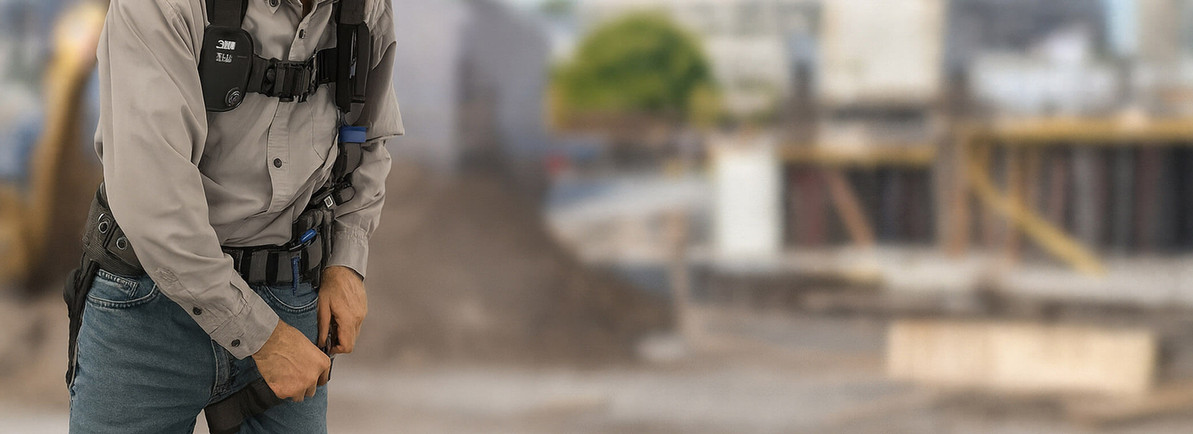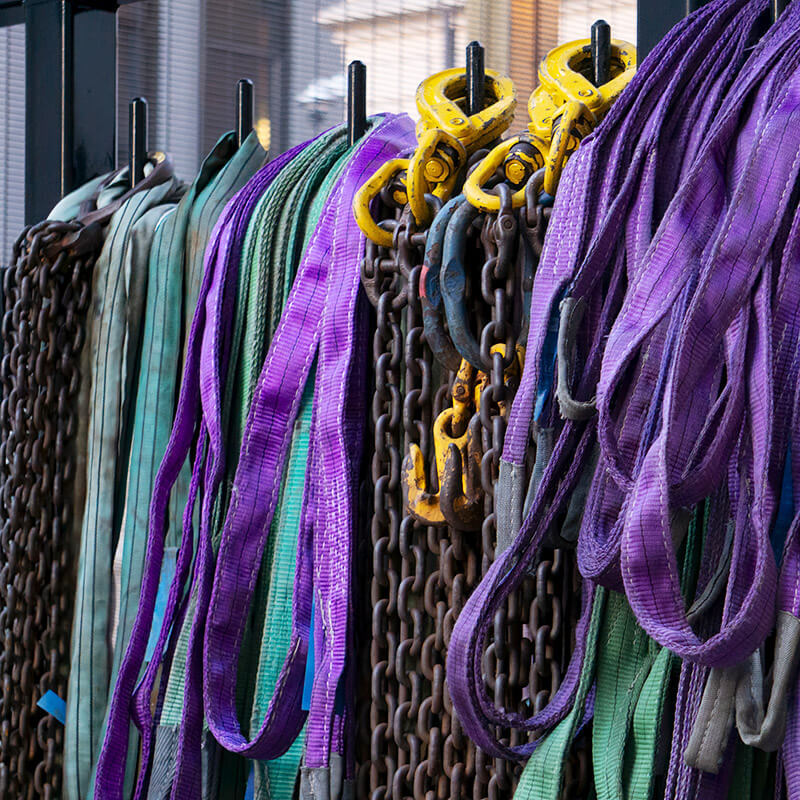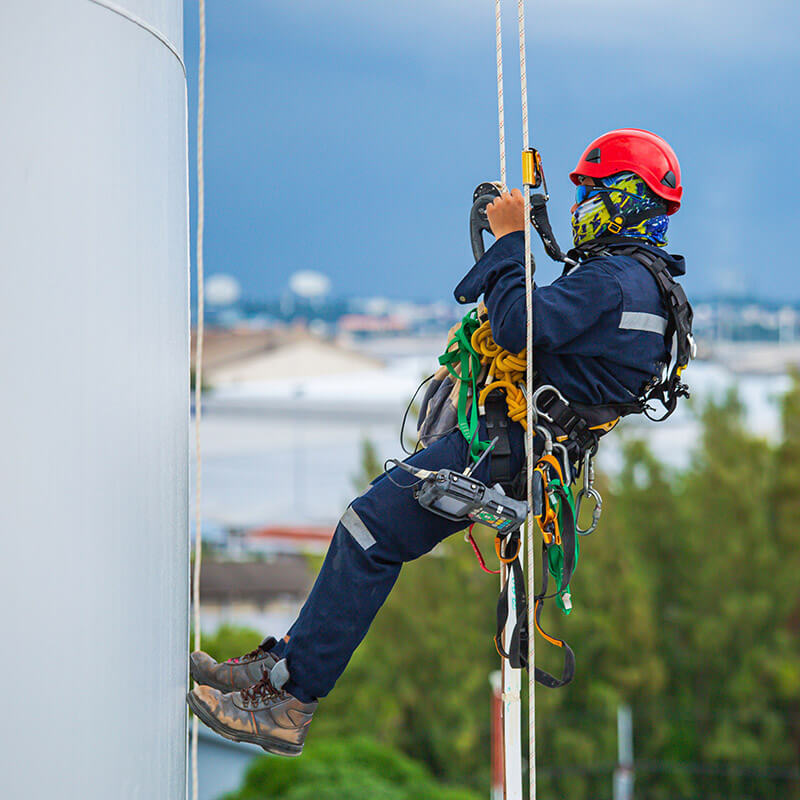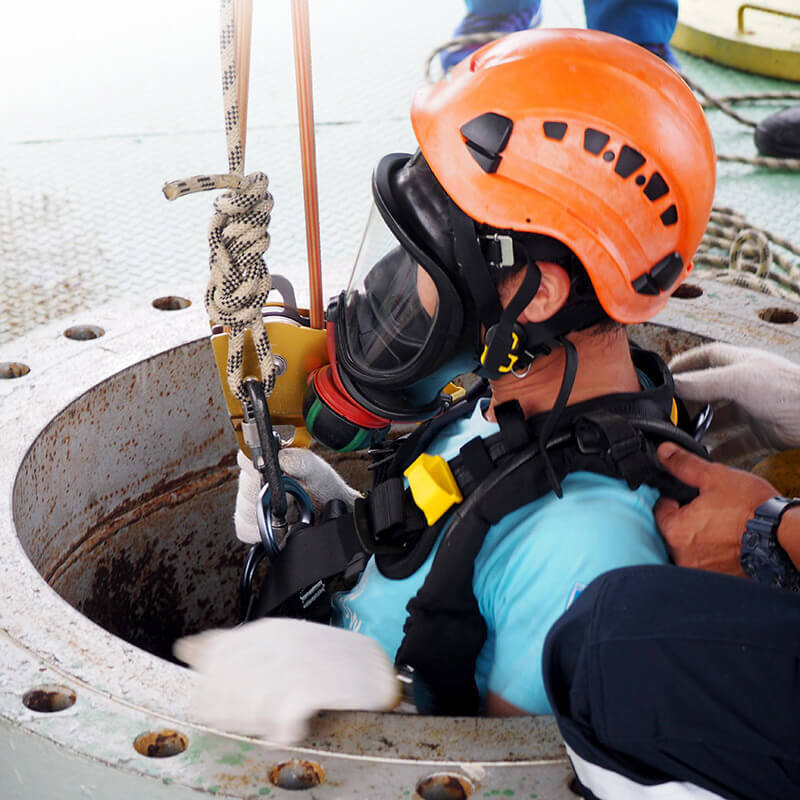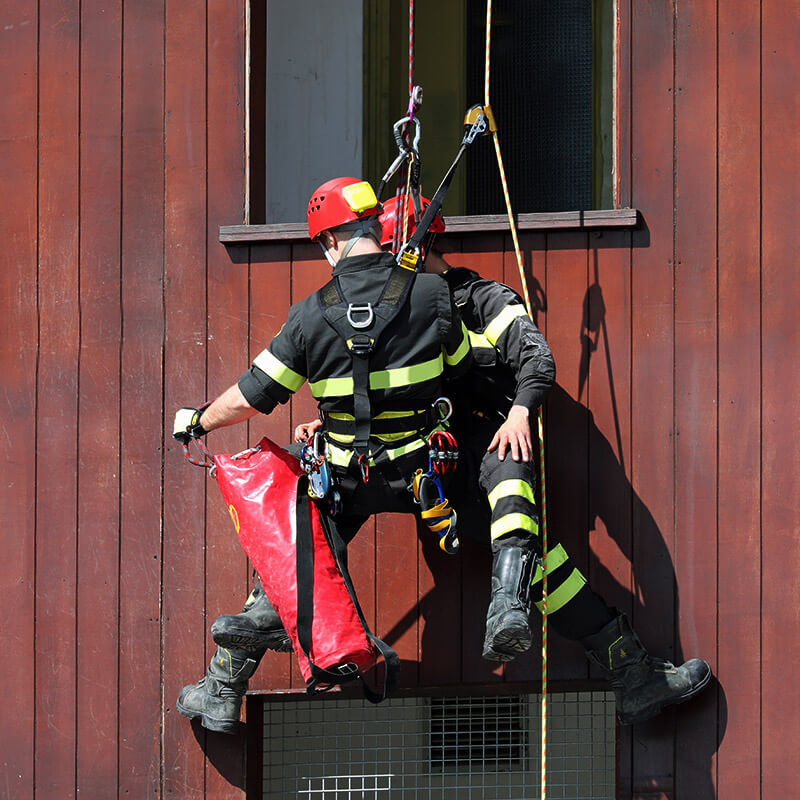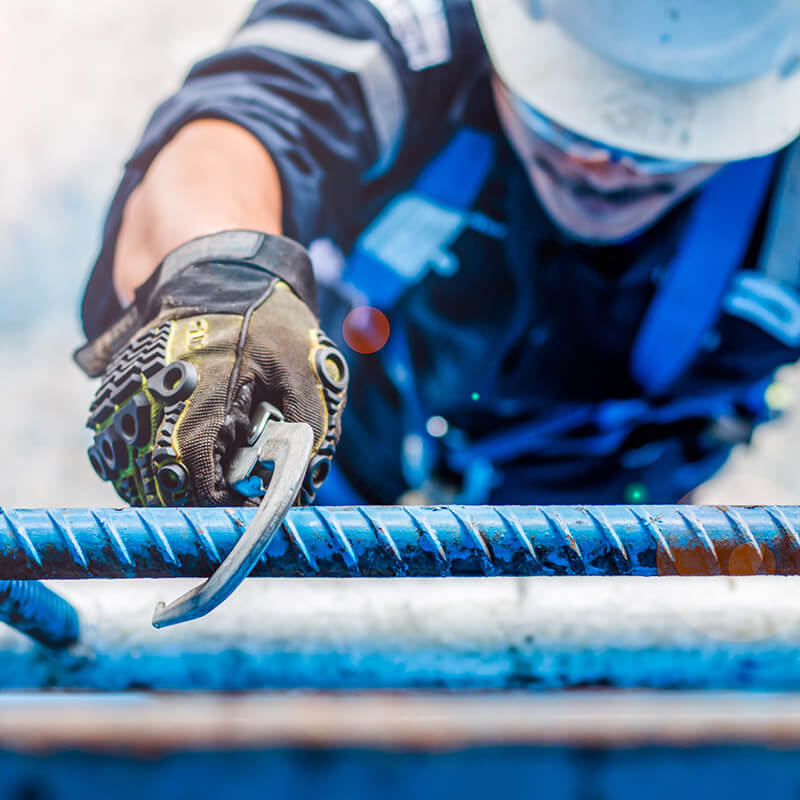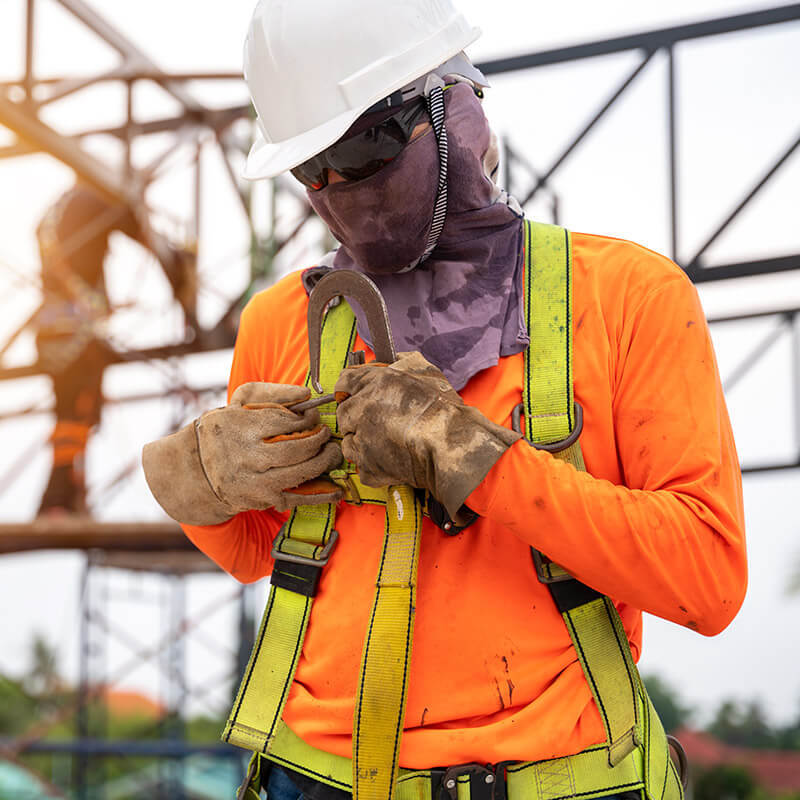How Long Are DBI-SALA Harnesses Good For?
Workplace safety relies heavily on the quality of fall protection equipment. 3M DBI-SALA harnesses are trusted across many industries for durability and performance. Unlike some manufacturers who impose fixed service life limits, DBI-SALA harnesses remain in service as long as they continue to pass inspection and are properly maintained.
Key Takeaways
- DBI-SALA harnesses do not have a manufacturer-set expiration date; usability depends on condition.
- OSHA requires fall protection equipment to be removed from service if it fails inspection.
- The current harness standard is ANSI/ASSP Z359.11-2021, covering design, testing, and inspection criteria.
- Perform user inspections before each use and have a competent person inspect at least annually.
- Proper maintenance and storage extend service life.
- Popular DBI-SALA models such as ExoFit NEX and Delta Series are available on lifting.com.
Understanding DBI-SALA Harness Lifespan
DBI-SALA bases service life entirely on the harness’s ability to pass inspection, rather than assigning a set expiration date. Key factors influencing longevity include:
- Webbing and stitching condition
- Hardware integrity (buckles, D-rings)
- Environmental exposure (UV, chemicals, extreme temperatures)
- Frequency of use and storage conditions
A well-maintained harness can remain in service for many years, provided it continues to meet inspection criteria.
OSHA & ANSI Requirements
- OSHA (29 CFR 1910 & 1926) requires fall protection equipment to be inspected before each use and removed from service if damaged or compromised. OSHA does not impose a time-based expiration date.
- ANSI/ASSP Z359.11-2021 provides consensus standards for harness design, testing, labeling, and inspection. While not law, ANSI standards are widely adopted as best practice.
Inspection Process
Follow a two-level inspection approach to ensure safety:
- User Inspection (Before Each Use):
- Look for cuts, frays, burns, discoloration, or chemical damage on webbing.
- Inspect stitching for loose, broken, or worn threads.
- Check hardware (buckles, D-rings) for cracks, corrosion, or deformation.
- Competent Person Inspection (At Least Annually):
- A thorough documented inspection by a trained safety professional.
- Immediately remove from service any harness that fails inspection.
Tip: Maintain written inspection logs and follow the manufacturer’s inspection checklist to track condition over time.
Harness Care & Storage
- Store harnesses in a cool, dry place away from direct sunlight, chemicals, or sharp edges.
- Avoid leaving harnesses in vehicles or outdoor areas where heat, cold, or moisture may accelerate wear.
- Clean harnesses per the DBI-SALA user manual (typically mild soap and water); never machine wash or dry. Allow to air-dry completely before storage.
Product Spotlight
DBI-SALA offers harnesses designed for comfort, safety, and long-term performance:
- ExoFit NEX Harnesses – High-performance harnesses built for durability and all-day comfort.
- Delta Series Harnesses – Proven workhorse harnesses trusted for reliability in tough environments.
Explore available models at lifting.com.
Conclusion
DBI-SALA harnesses remain safe to use as long as they are properly maintained and pass inspection. There is no fixed expiration date; service life depends on condition, inspection, and proper care. Employers and workers share responsibility for ensuring harnesses remain compliant and safe. By following OSHA regulations, ANSI best practices, and DBI-SALA’s care instructions, companies can protect their workers and maximize the value of their safety investment.
FAQ
How long are DBI-SALA harnesses good for?
DBI-SALA harnesses do not have a fixed expiration date. Their service life depends on passing inspections and remaining free of damage.
What factors influence the longevity of a DBI-SALA harness?
Exposure to UV rays, chemicals, extreme weather, frequency of use, and storage conditions all affect lifespan. Proper maintenance helps extend service.
When should I remove a DBI-SALA harness from service?
Immediately if it fails inspection, shows signs of damage, or has been involved in a fall.
What inspection frequency is required?
Before each use by the user and at least annually by a competent person. More frequent inspections may be necessary in harsh conditions.
What specific inspection criteria should I follow?
Check for cuts, frays, burns, and discoloration in webbing; verify stitching integrity; and ensure all hardware is undamaged and functional.
What’s the Best Material for Rigging?
Dec 18th 2025
What Is the 10-Foot Rule for Rigging?
Dec 15th 2025
What Are the Different Types of Climbing Ropes?
Dec 11th 2025
What Type of Rope Is Best for Climbing?
Dec 9th 2025
What Are the Two Types of Kernmantle Rope?
Nov 25th 2025
What Is a Kernmantle Rope Used For?
Nov 21st 2025
What Is a Fall Protection Harness?
Nov 14th 2025
What are the four components of a PFAS?
Nov 7th 2025
Is Palmer Safety OSHA Compliant?
Nov 3rd 2025

